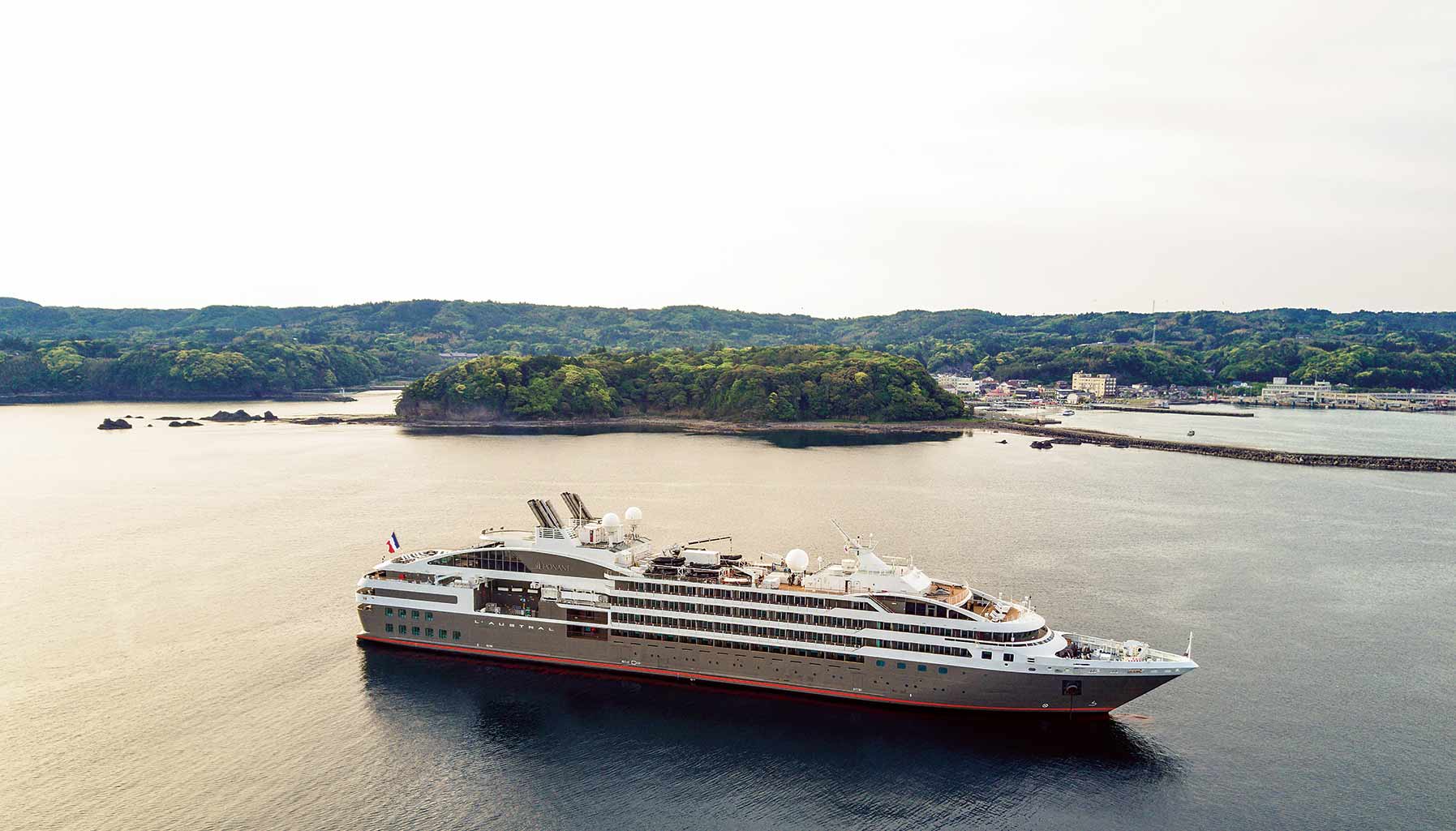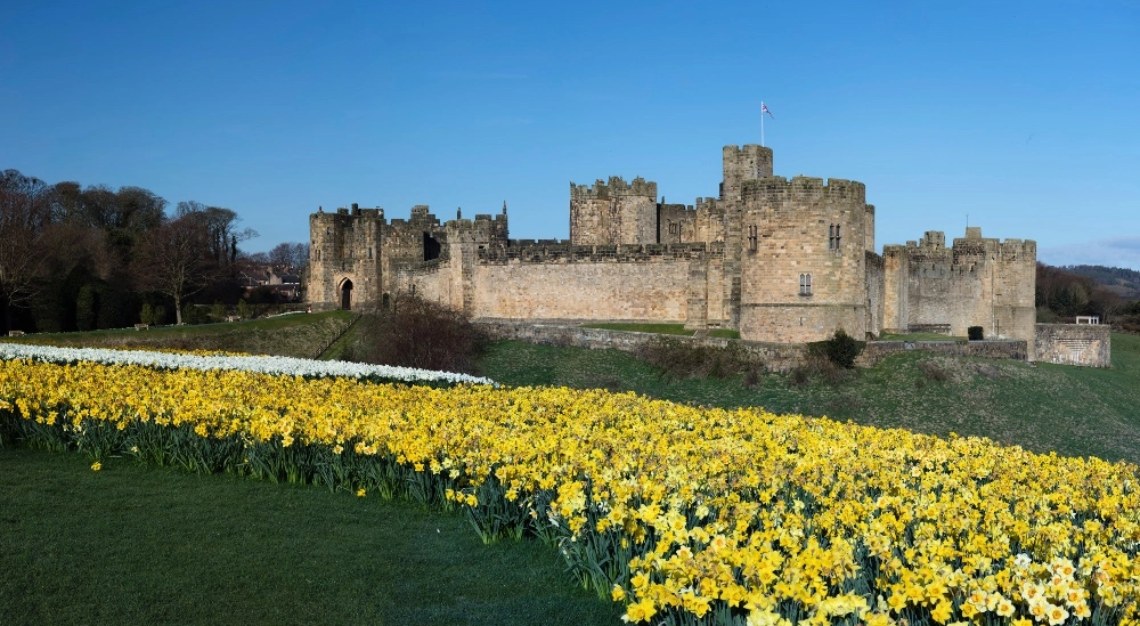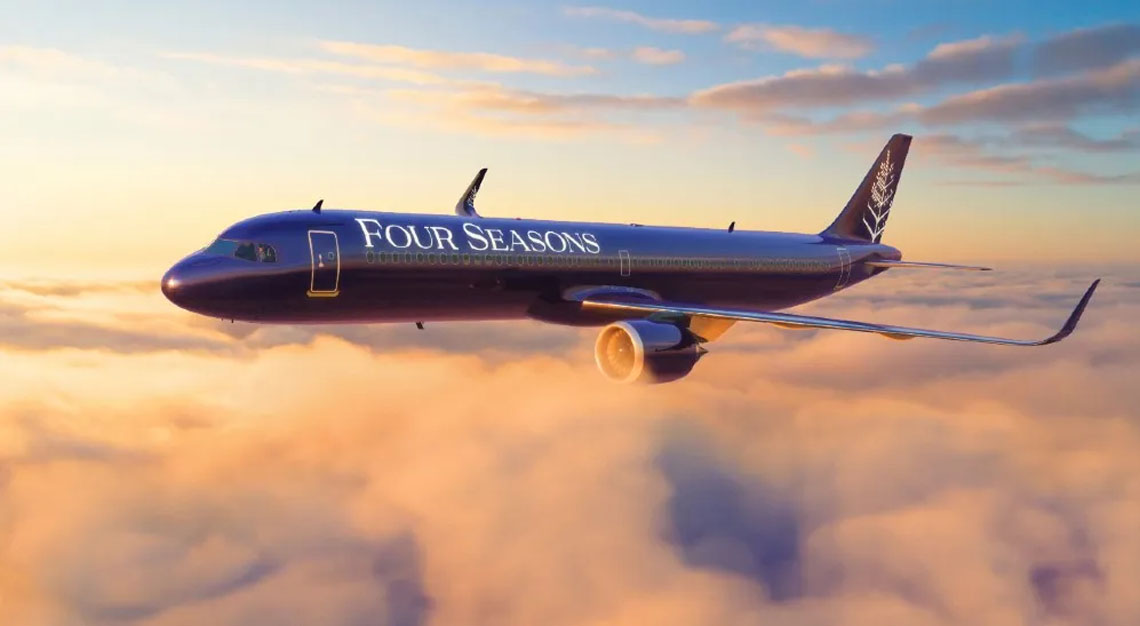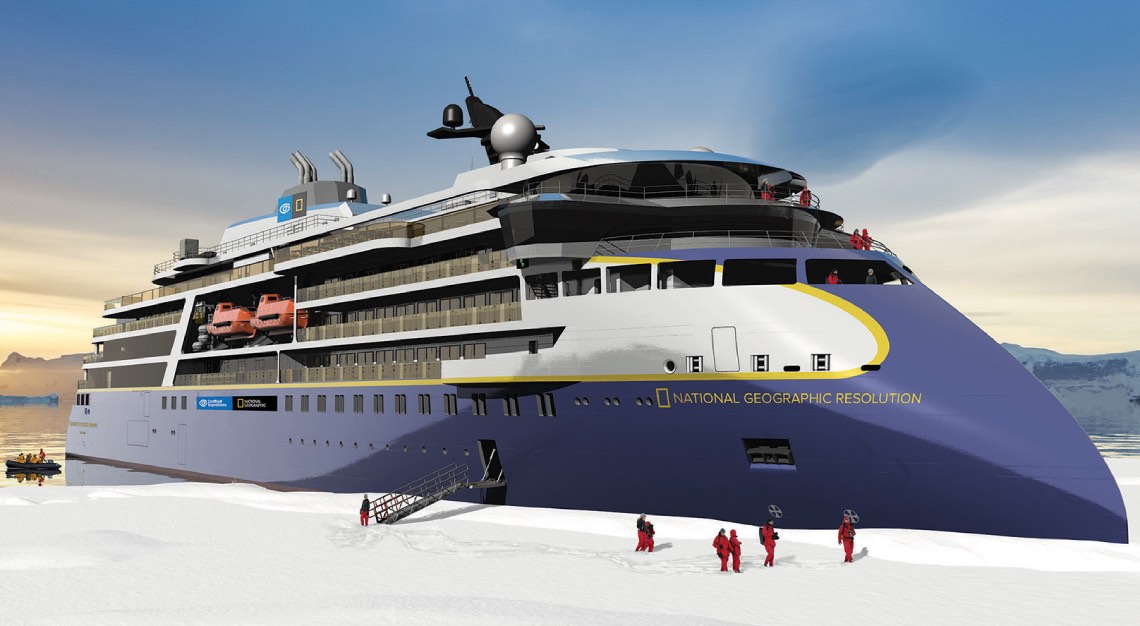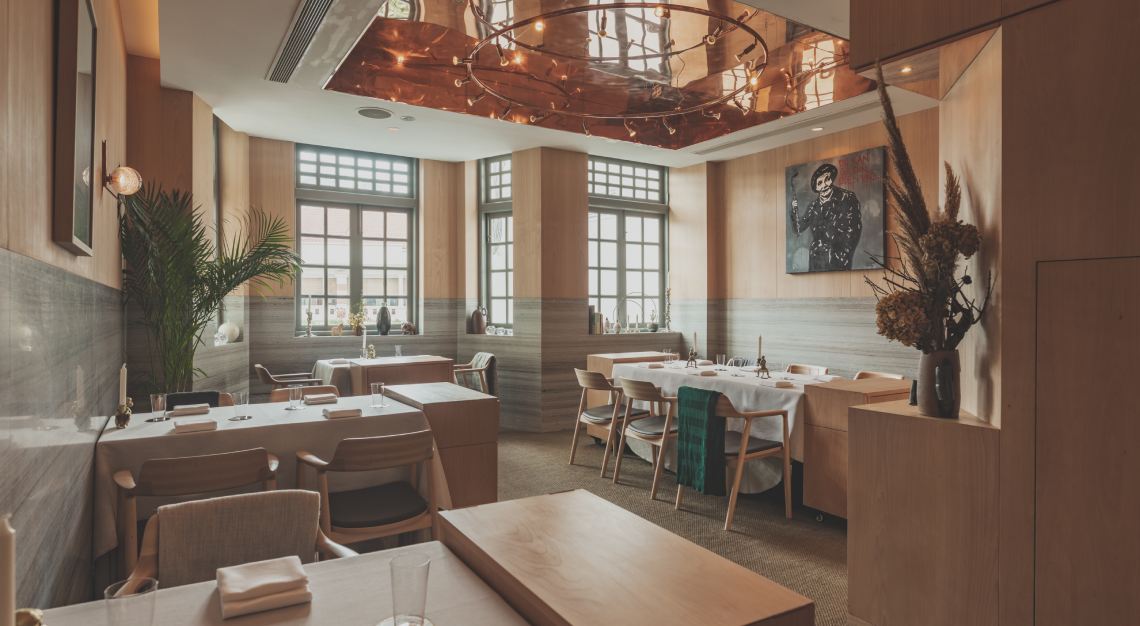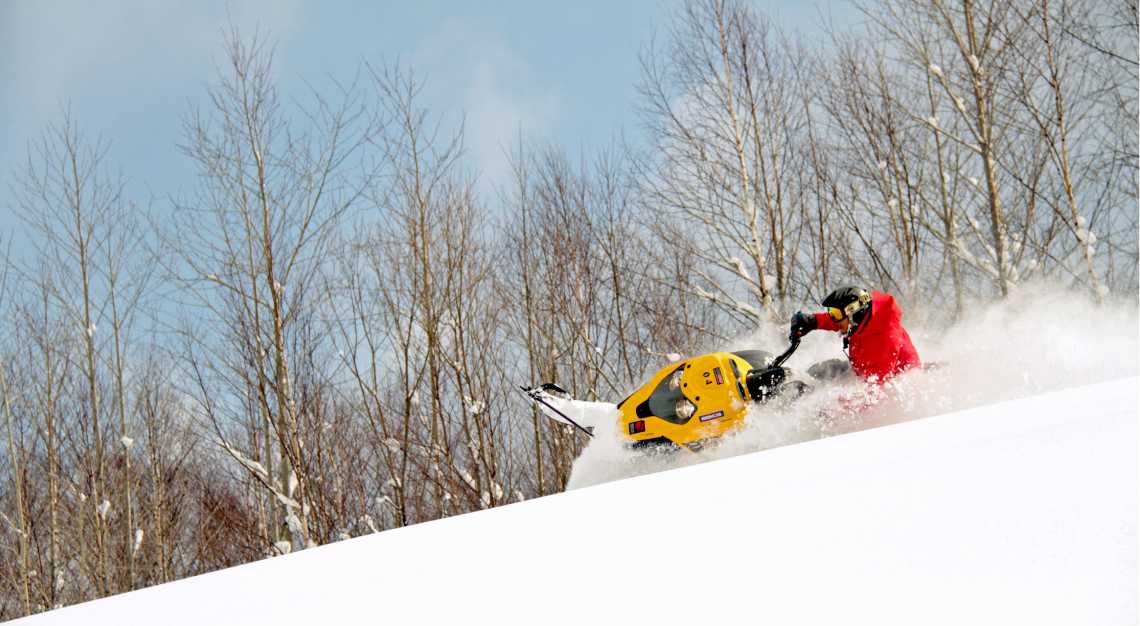A new luxury cruise takes passengers on a poetic pilgrimage through the watercoloured wonders of western Japan
It is nearly 4am in Shikotsu-Toya National Park, and dawn is a golden-orange streak across the misty sky as I clamber along a rocky cliff above Lake Toya. Below, the lilac waters are ethereal brushstrokes in a Japanese watercolour painting, encircling the volcanic Nakajima Island that rises from its centre and reflecting the forest-covered hills along its shores.
Burning bright, the sun gilds the symmetrical snow cone of Mount Yotei and ascends over the mountains, silhouetting the slender trees and delicate spring buds that surround me. Only a handful of early risers are here to bear witness: a power-walking senior, two gardeners and a pair of photographers with heavy-duty cameras and tripods in tow.
I am a gaijin (outsider) in this rugged and beautiful region, wild-eyed with jet lag and drunk on the most glorious sunrise of my life. Yet each fellow hiker I encounter stops, bows and greets me with a polite “Ohayo gozaimasu”. Good morning, indeed.
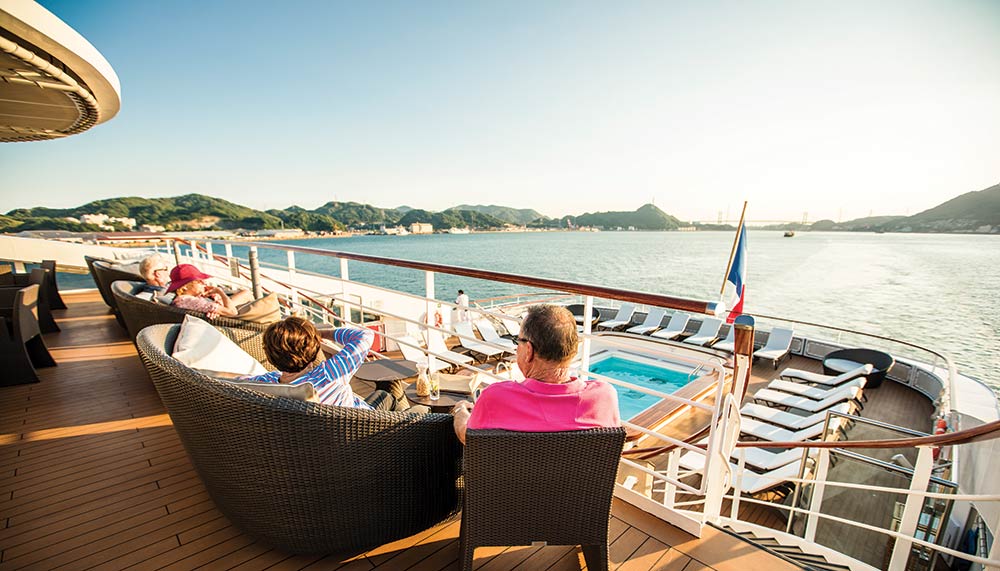
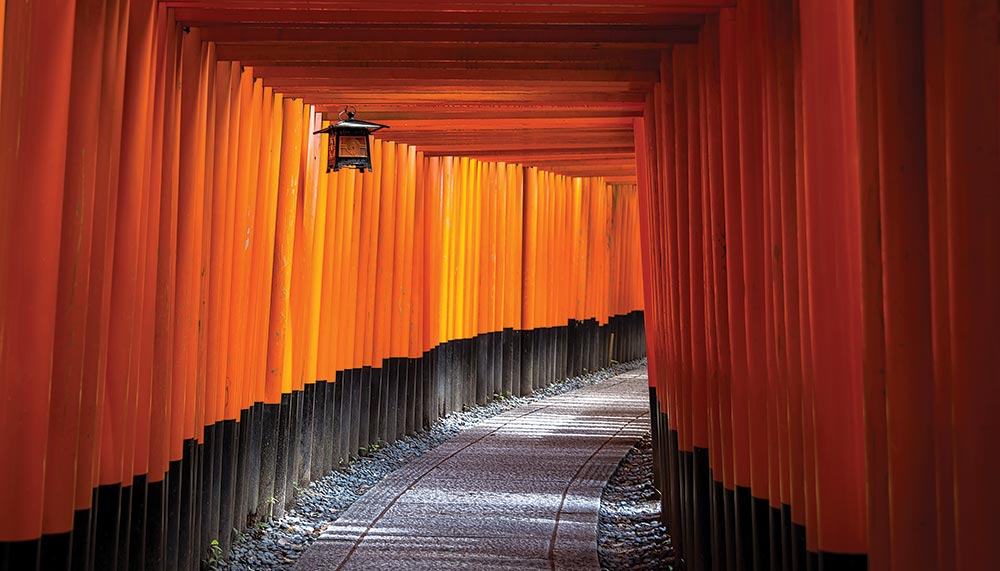
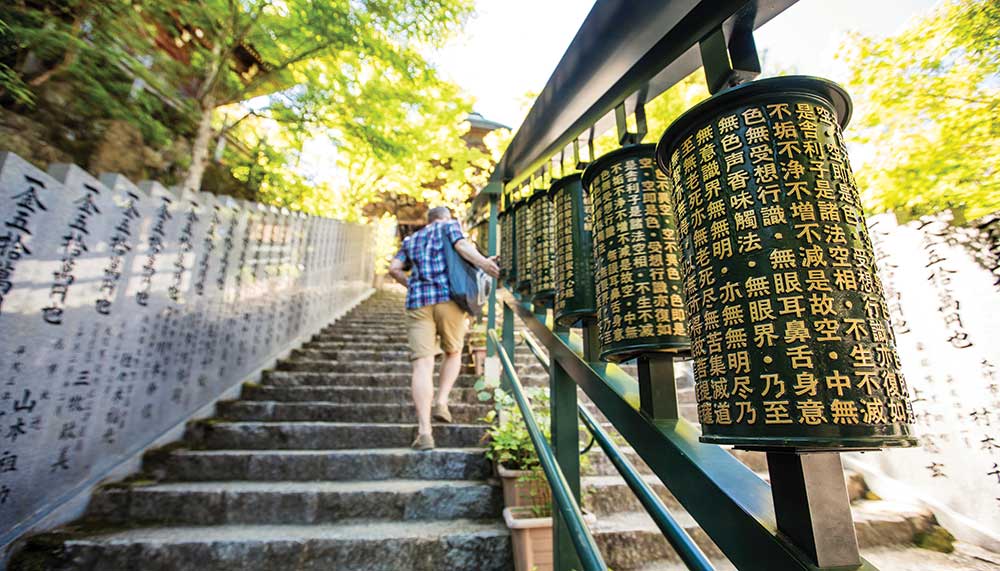
I have come to this idyllic isle on L’Austral, a 132-cabin yacht that Abercrombie & Kent has chartered for its new Wonders of Japan cruise. The two-week expedition explores Hokkaido —the northernmost of Japan’s four islands — and the country’s less-frequented western coast, darting from caldera lakes and sacred shrines to cities like Hiroshima and Osaka before crossing the Sea of Japan to South Korea’s ancient capital of Gyeongju. Every morning, the ship — a silken cocoon of French seafaring savoir faire on which every experience has been fine-tuned to perfection — delivers my fellow passengers and me to temples and gardens and even medieval castles, unveiling enigmatic treasures long overshadowed by the country’s major cities.
In previous travels, I have seen my fair share of perfunctory attractions from the railings of big boats — whether in the Caribbean or the Mediterranean, the Mekong or the Northwest Passage — but nothing approaches the wild ardour of the remote ports of Japan. In Muroran, a 50-strong squad of young gymnasts do somersaults and backflips, their long kimono-style sleeves flapping like butterfly wings. On Sado Island, women in wide-brimmed hats and frilly white aprons encircle L’Austral in nimble tarai bune — tiny washtubs turned fishing skiffs powered by simple wooden oars. And at nearly every port, yuru-chara — bouncing costumed characters acting as cheerful municipal mascots — welcome us with cartoonish delight.
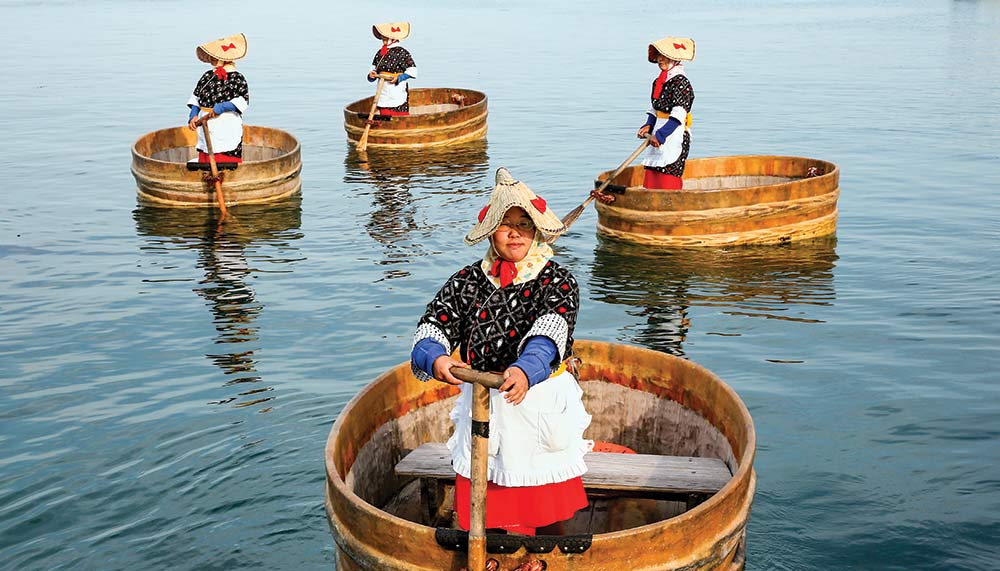
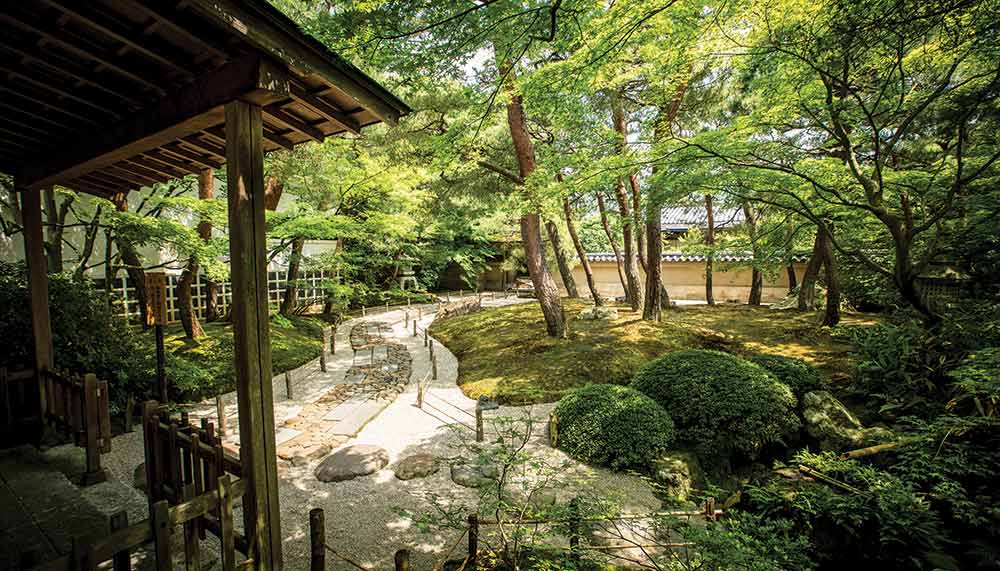

The greetings at each destination are only precursors to the adventures that await us. I stroll through exquisite gardens where every tree has a medical file and workers groom the moss with tweezers.
I relish the pale blush of sweet bean paste at a tea ceremony, the flavour mimicking spring’s blossoming irises. My heart beats in harmony with the powerful taiko drums, struck in perfect unison by Sado Island’s legendary Kodo drummers. My stomach leaps at lavish lunches comprising a constellation of small dishes and bowls, each containing seasonal delicacies that envelop all my senses at once. Each ritual inspires in its own way: the sushi chef’s precision, the tea master’s elaborate presentation, the Zen gardener’s meditative discipline, the drummers’ collective control.
This precise way of living is easy to get used to, especially when paired with the luxuries of L’Austral. For every tea service and cheery mascot we encounter on land, a corresponding extravagance awaits onboard. There’s the sleek nautical design by Jean-Philippe Nuel, dazzling with Swarovski crystal chandeliers, leather and silk details, and a sophisticated palette of grey, taupe, ivory and caramel. The Sothys Spa, with its hydrotherapy and hammam services, offers a refreshing escape following long days ashore. In the two restaurants, the cuisine (and wine list) is more European than Japanese — a welcome change for some guests, disappointing for others. And the evening entertainment in the plush theatre and three bars varies from lectures to performances, including an excellent production by the Kaikaro geisha of Kanazawa’s famed Higashi Chayagai district.


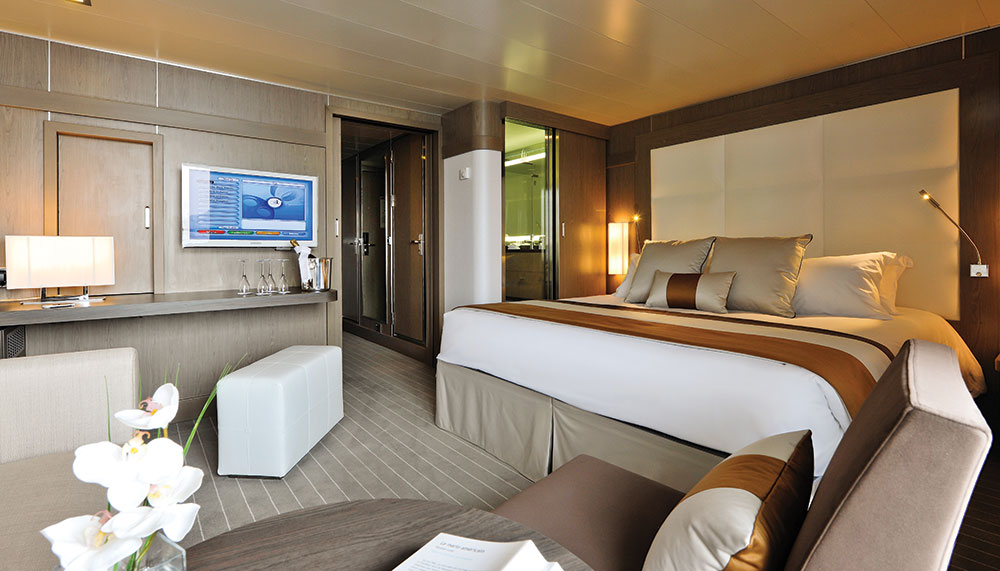
Abercrombie & Kent’s cruise service is also attuned to this country’s obsession with perfection. I learn this one crisp and clear morning as L’Austral glides into the port of Kanazawa. For years, I have longed to experience the region’s traditional hot springs in the famed Yamanaka Onsen, located just 56km away. But there’s a hitch: a discreet tattoo on my wrist and another at the nape of my neck are all but taboo in this land known for its graciousness and obeisance to rules. Body art roils deep waters for the Japanese, who forcibly inked criminals and outcasts for centuries. More recently, tattoos have become the mark of yakuza mobsters, hence today’s blanket ban at many of the nation’s bathhouses.
While some guides may have simply resolved this culture-clash dilemma with a waterproof bandage, Sumiyo Terai, Abercrombie & Kent’s expert in all things onsen, has a more
effective solution.
She buys out the women’s spa at Kagari Kisshotei, Yamanaka’s hot-springs hotel near the picture-perfect Korogi Bridge.
An hour later, I am slipping into a solitary steaming pool, my only companions the trilling birds in the trees above and the dappling sunlight dancing across the surface of the mineral-rich water. Just beyond, jagged rocks teeter on the edge of the verdant Kakusenkei Gorge, a natural wonder celebrated by the haiku poet Basho. I sink deeper still, once again soaking in the wonders of Japan.
